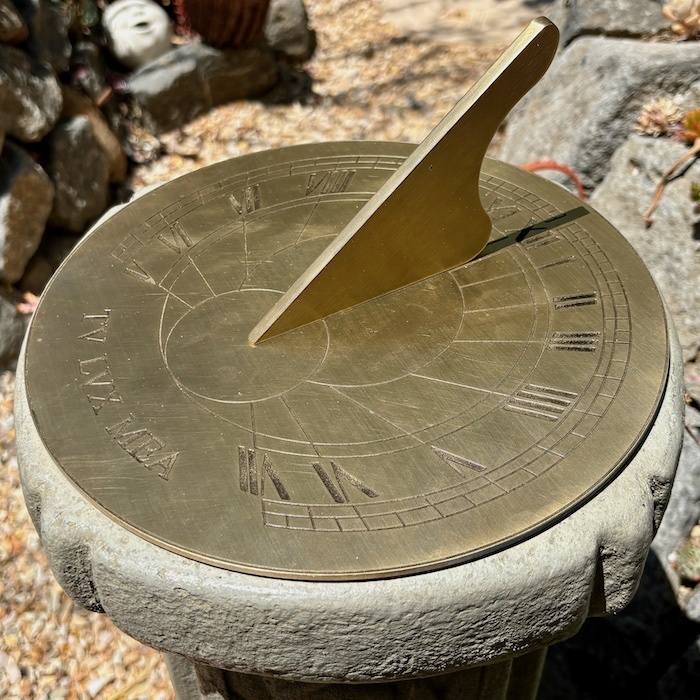Stamp: Sun overprinted (Peru 1884)
Sun overprinted (Peru 1884)
01 January (Peru ) within release PUNO: local issue goes into circulation Stamp Sun overprinted face value 1 Peruvian centavo
| Stamp Sun overprinted in catalogues | |
|---|---|
| Michel: | Mi: PE L91 |
| Stamp Number: | Sn: PE 15N13 |
| Yvert et Tellier: | Yt: PE PU11 |
Stamp is square format.
Prined by American Bank Note Co., New York. Stamp of 1879 overprinted in red/magenta PUNO/1/ABR/M inside double circle. BU PU4. Variety: inverted overprintAlso in the issue PUNO: local issue:
- Stamp - Coat of Arms overprinted face value 20;
- Stamp - Sun overprinted face value 1;
- Stamp - Coat of Arms overprinted face value 5;
- Stamp - Coat of Arms overprinted face value 2;
- Stamp - Coat of Arms overprinted face value 5;
|
Data entry completed
26%
|
|
|---|---|
| Stamp Sun overprinted in digits | |
| Country: | Peru |
| Date: | 1884-01-01 |
| Print: | Recess |
| Perforation: | line 12 |
| Emission: | Definitive |
| Format: | Stamp |
| Face Value: | 1 Peruvian centavo |
Stamp Sun overprinted it reflects the thematic directions:
The Sun, also known as Sol, is a star at the center of the solar system. It is a white star that gives off different types of energy such as infrared energy (heat), ultraviolet light, radio waves and light. It also gives off a stream of particles, which reaches Earth as "solar wind". The source of all this energy is nuclear fusion. Nuclear fusion is the reaction in the star which turns hydrogen into helium and makes huge amounts of energy. It is a nearly perfect ball of hot plasma.
A sundial is a horological device that tells the time of day (referred to as civil time in modern usage) when direct sunlight shines by the apparent position of the Sun in the sky. In the narrowest sense of the word, it consists of a flat plate (the dial) and a gnomon, which casts a shadow onto the dial. As the Sun appears to move through the sky, the shadow aligns with different hour-lines, which are marked on the dial to indicate the time of day. The style is the time-telling edge of the gnomon, though a single point or nodus may be used. The gnomon casts a broad shadow; the shadow of the style shows the time. The gnomon may be a rod, wire, or elaborately decorated metal casting. The style must be parallel to the axis of the Earth's rotation for the sundial to be accurate throughout the year. The style's angle from horizontal is equal to the sundial's geographical latitude.

